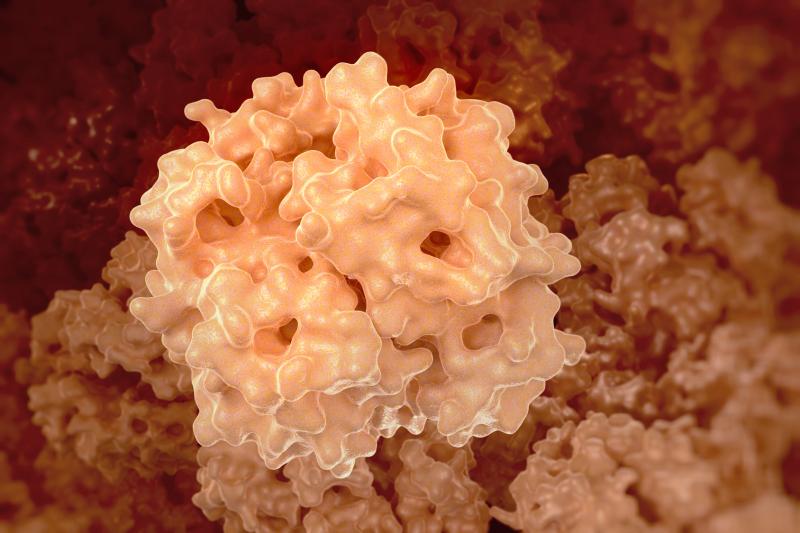
Several urinary peptides show a significant association with hypertension, with apparent “differential regulation of collagen-derived peptides,” a recent study has shown. In addition, peptides associated with vascular calcification and sodium regulation are also involved.
A total of 2,876 individuals without end-organ damage provided peptidome data, obtained from the Human Urinary Proteome Database. These data belonged to the general population (discovery) or type 2 diabetes (validation) cohorts.
The investigators stratified participants based on systolic (SBP) and diastolic blood pressure (DBP), as follows: hypertensive (SBP ≥140 mm Hg and/or DBP ≥90 mm Hg) and normotensive (SBP <120 mm Hg and DBP <80 mm Hg, without antihypertensive treatment) groups.
An external cohort consisting of 420 participants without end-organ damage, matched for age, BMI, eGFR, sex, and the presence of diabetes, were used to confirm the differences in peptide abundance between the hypertensive and normotensive groups.
The investigators examined the association of peptides with BP as a continuous variable. They then compared the findings with peptide biomarkers of chronic diseases and carried out bioinformatic analyses to determine the underlying molecular mechanisms.
Comparisons between the hypertensive and normotensive groups revealed 96 (mostly COL1A1 and COL3A1) peptides that were markedly different in both the discovery (adjusted) and validation (nominal significance) cohorts, with consistent regulation. Eighty-three of these peptides were consistently regulated in the matched cohort.
Notably, peptide abundance showed a weak but significant association with standardized BP.
“Whether these modifications reflect the pathophysiology of hypertension and/or early subclinical organ damage requires further investigation,” the investigators said.